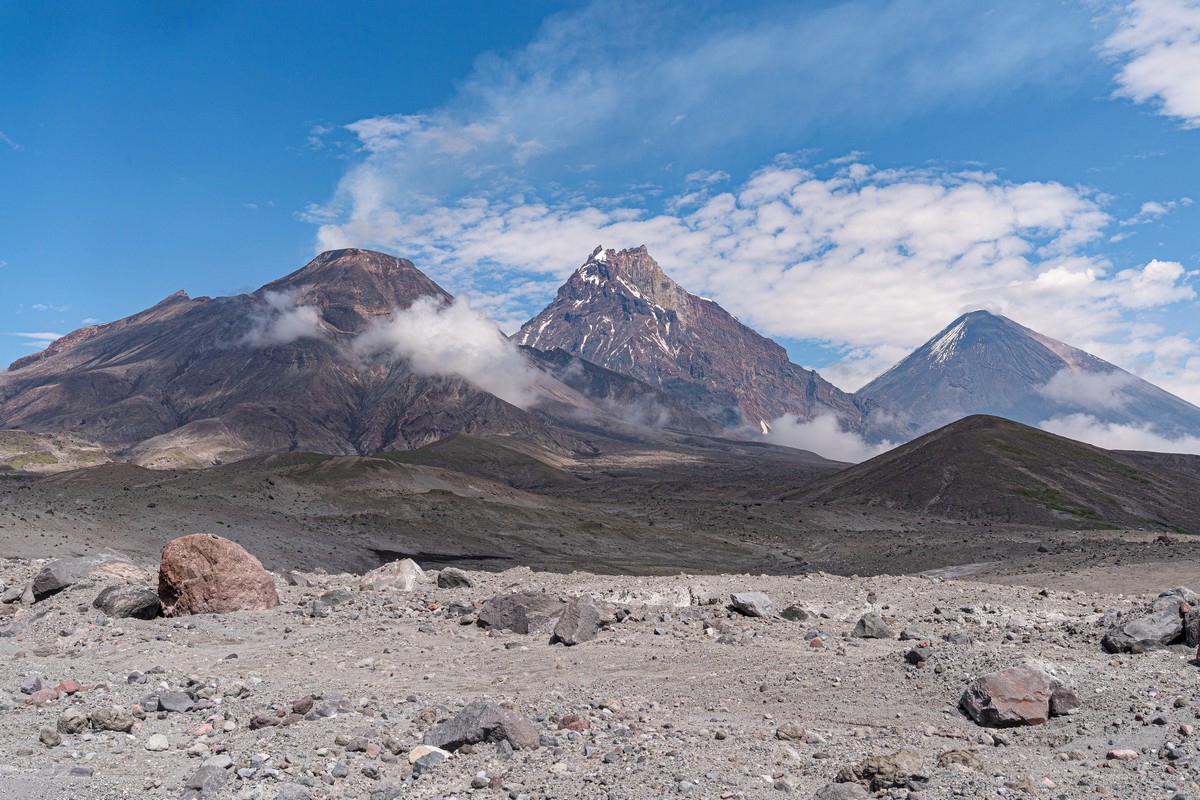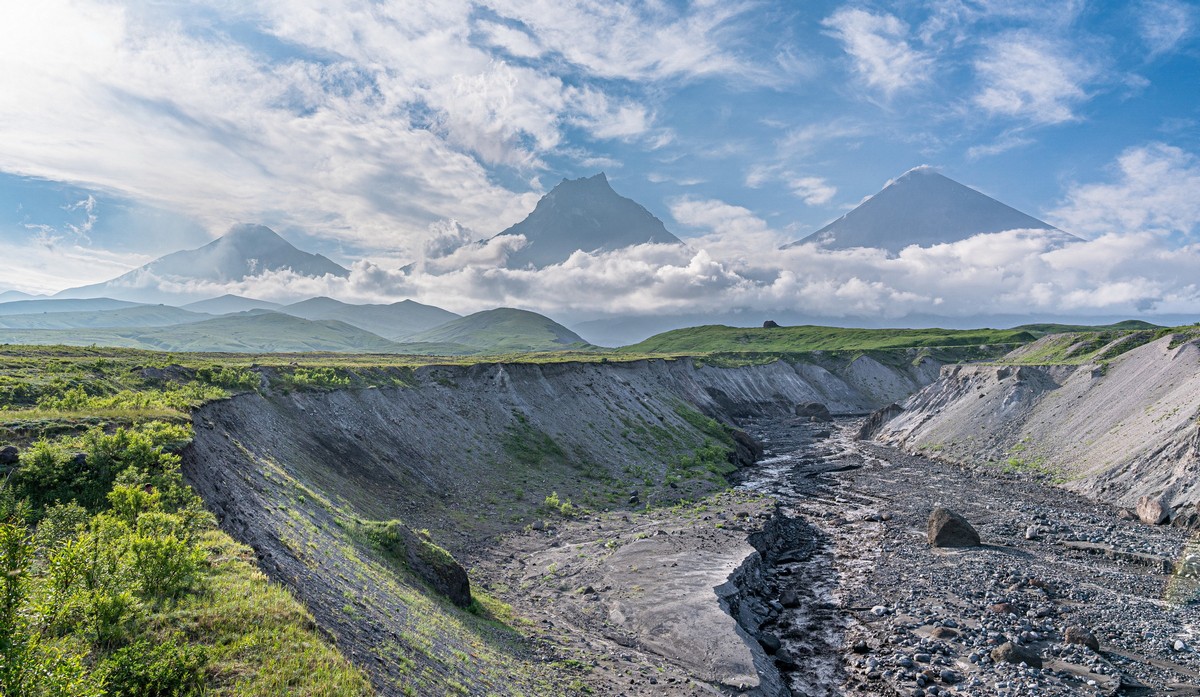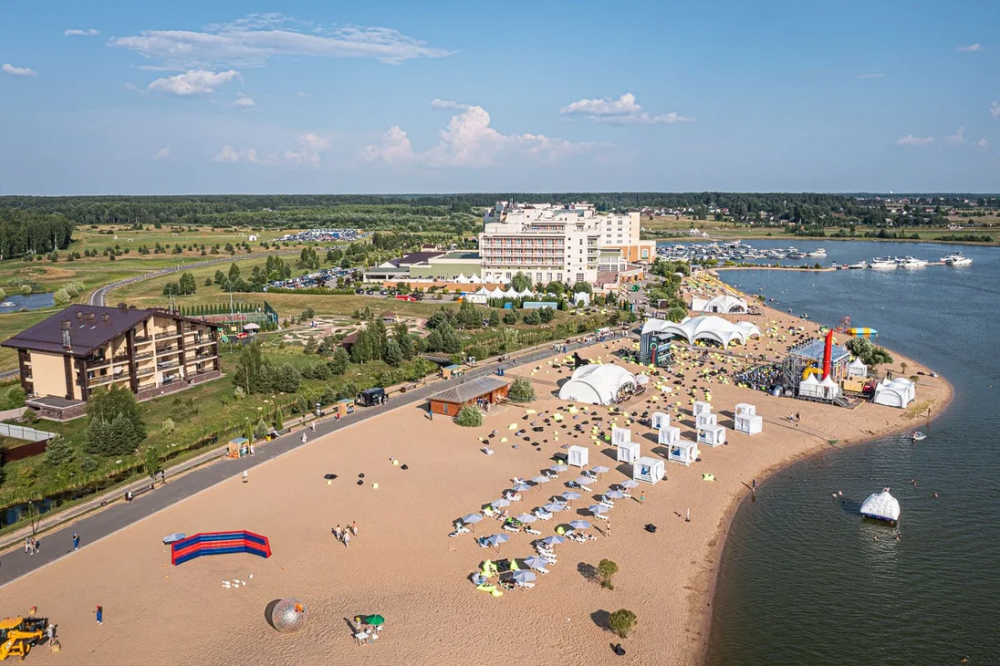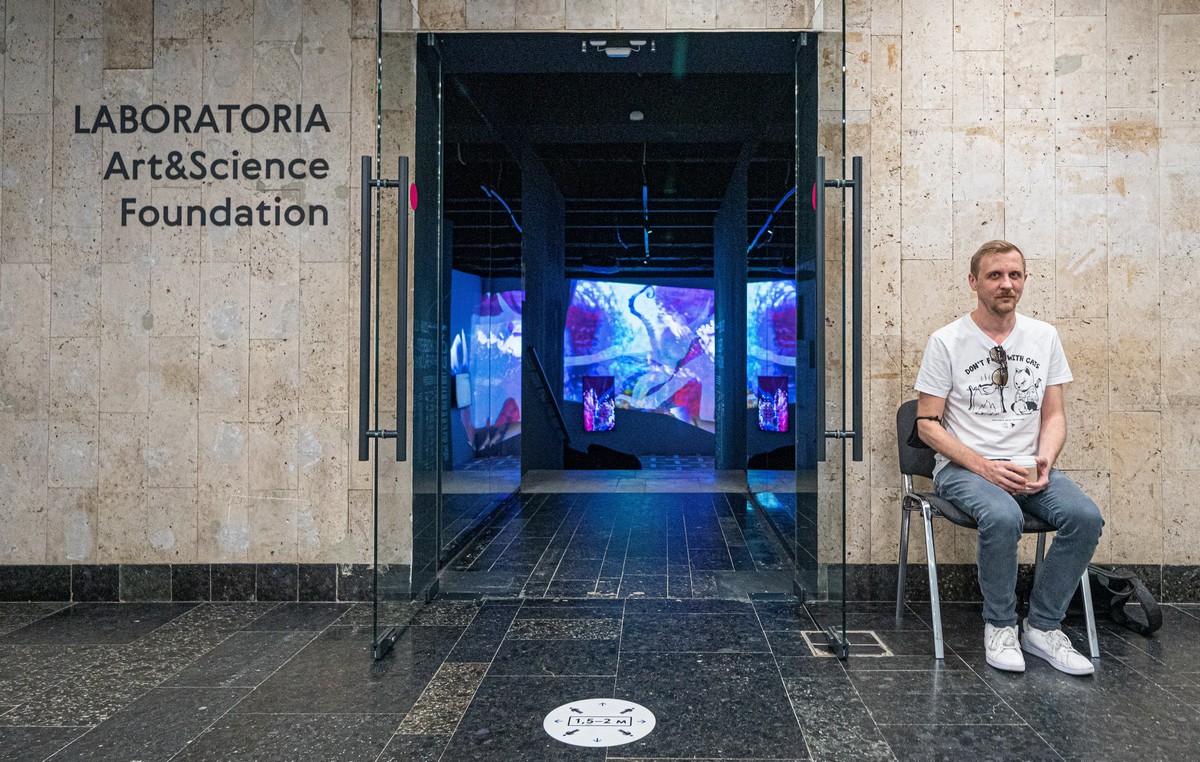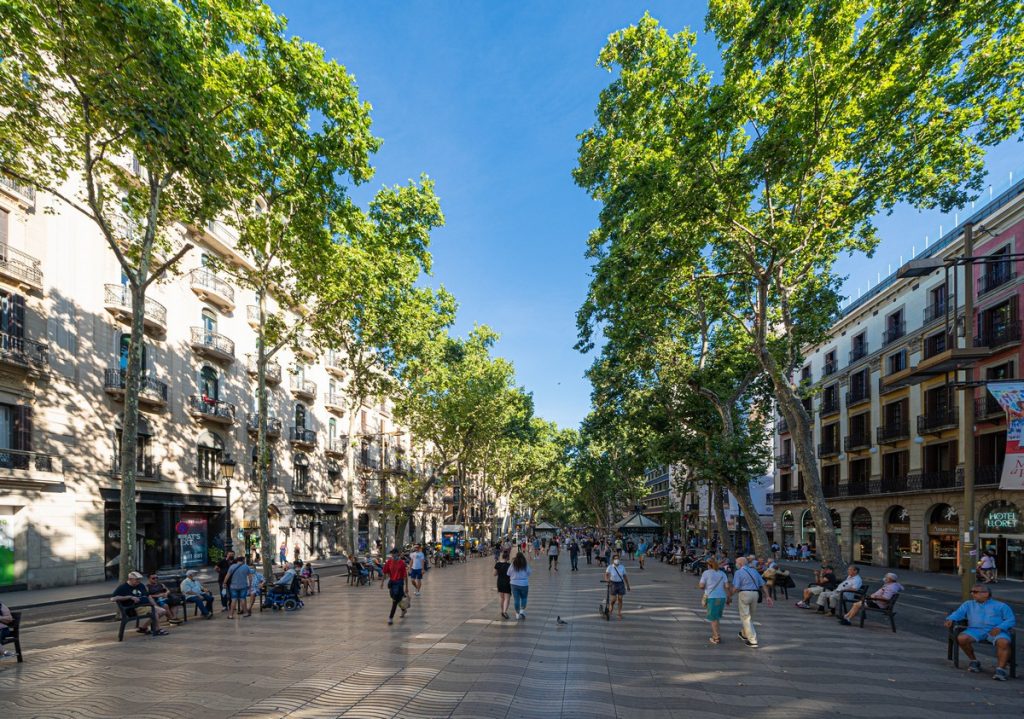September 21, 2021
Fully-vaxxed Sochi conference: a shot in the arm for industrial cybersecurity.
Personal experience, plus what I’m told by other clever folks, has taught me to treat with much skepticism any predictions regarding the future given by so-called experts – in fact all kinds of prognoses and prophesies about this, that and the other. Although I tend to share this view, I have to make an exception for the predictions of one single person in particular: me! Why? Because, unfortunately, those predictions normally come true…
Ten years ago, when we chose industrial cybersecurity as one of our new main areas for development of the company, attacks on industrial equipment were largely deemed hype and/or something out of Hollywood, or at least limited to relatively few specific enterprises; for example, ones like this. But since the beginning of the 2010s I’ve been repeating (ad nauseam!) that, sooner or later, attacks on industrial installations will go mainstream and become massive in scale, and that modern industrial security is sadly very lacking in its ability to cope with the realities of the digital world.
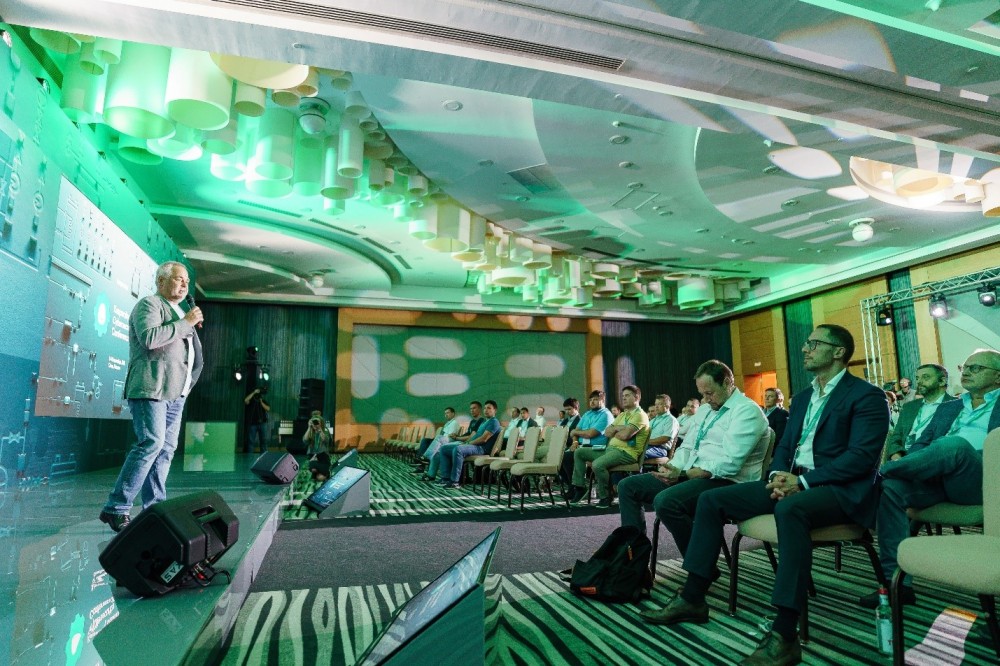
Today, attacks on industrial objects are becoming a daily – very expensive – reality. We’ve already seen how a ransomware-cyberattack on a mere office network of large pipeline can bring about a short-term rise in the price of gasoline in the U.S.A. So imagine how much more costly attacks on industrial components of critical infrastructure operators could be. And it’s not just a matter of financial losses incurred by targeted companies caused by their compelled down time – there’s also the hit taken by all the consumers of the companies’ products and services, which can be painful for regional economies and even national ones.
